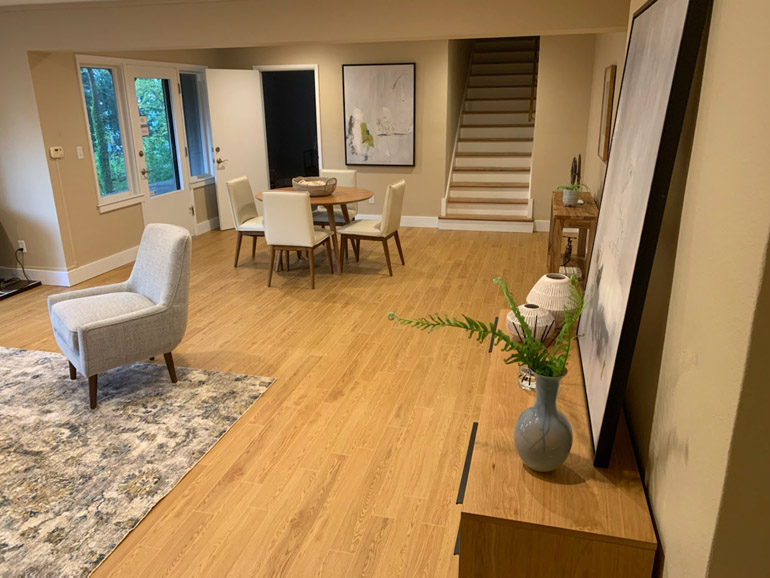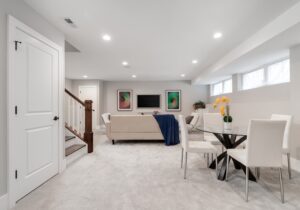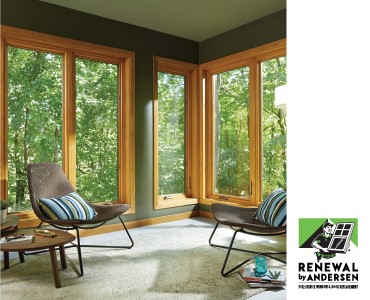John’s Waterproofing has an easy way to shore up sagging floors and rotting posts.
The photos alone are enough to send chills through any homeowner.
Rotted wooden support posts in a crawl space with jagged edges stained black with mold. Tipsy stacks of concrete blocks and bricks that have no business trying to support the floor above. A 3-inch gap of nothing but air in between a basement post and the concrete footing it should be sitting atop.
Not a pretty sight.
“Water issues can lead to damage for the wooden posts that support your home,” says Colton Barber, production manager for John’s Waterproofing, a specialist in basement waterproofing, crawl-space encapsulating and similar services for nearly 50 years. “This can look like posts that are rotting away, mushy and floating above their footings. These issues will manifest in the home’s livable spaces with doors that stick in their frame and bouncy and sloped floors.”

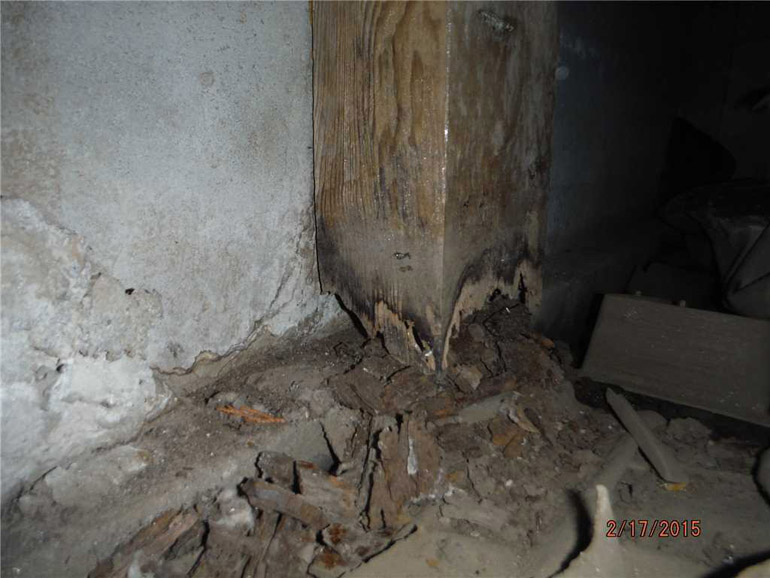
But if you catch a glimpse of these kinds of scary posts or notice the sticky doors or sloping floors that Barber describes, have no fear: SmartJacks are here.
In use for many years now, SmartJacks are adjustable, engineered, galvanized-steel posts that are positioned underneath a home to help support areas that may be sagging or otherwise compromised. Rated to carry up to 30,000 pounds, they’re often installed to replace a home’s original supports, which may have rotted or sunk over the years as the Northwest’s rain-filled soils have settled and shifted.
“When the home’s wooden posts begin to go out and not do their job, the home’s structural integrity is undermined,” Barber says. “To protect the home and the family from these issues, action needs to be taken. The sooner it is addressed, the better.”
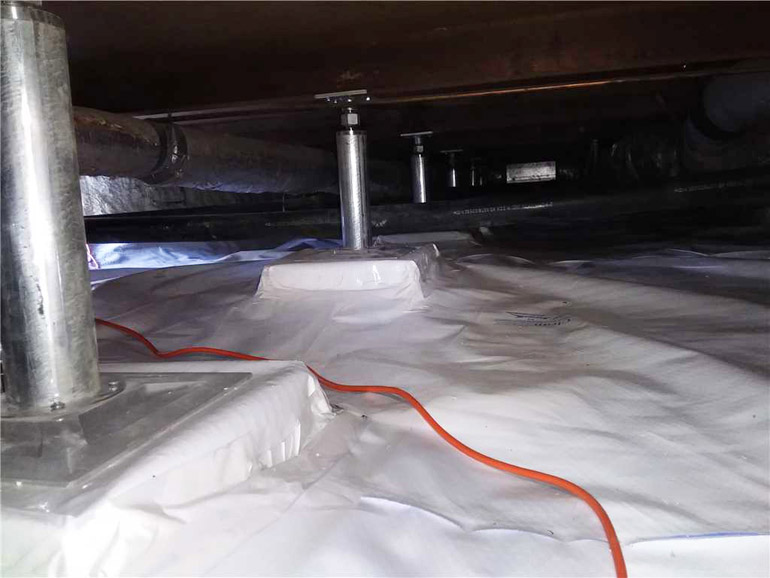
In addition to water damaging a home’s wooden support posts, Barber says there’s another big reason to call in the SmartJacks: excess weight.
“A lot of older houses were not designed to carry they loads they do, so you get sagging floors,” he says. “Maybe someone has added heavy furniture or a piano that the home just wasn’t designed for. In that case, we add SmartJacks as a supplemental support.”
Because subsoils tend to shift beneath homes throughout the various seasons, crews from John’s Waterproofing dig down about 2 feet to reach soil that is much more stable. Once at that level, they install crushed stone; then, on top of that, either a footing or the steel base plate of the SmartJack, which the jack itself is bolted onto.
The SmartJack is then adjusted to the proper height so that it is supporting the beam appropriately. The jacks not only halt any further downward movement of the floor, but they can also be adjusted to lift a sagging floor back to its original position.
Barber says SmartJacks are only for interior support from within a basement or a crawl space, not for exterior foundation walls. But for interior support, he says SmartJacks are superior to traditional wooden-post options.

For starters, they’re galvanized steel, so they’re going to last — and won’t rot or mildew. They’re also available in various lengths, so they can be used in tight crawl spaces or those that are 10 or more feet in height. And SmartJacks are adjustable by about 8 inches, which is key in the Northwest, where no matter what valiant attempts are made, soils are bound to shift over time.
“Things are going to settle,” Barber says. “We do annual maintenance, so we’ll come in and check on the SmartJacks, and tighten them and loosen them as needed every year.”
What’s more, the teams at John’s Waterproofing are speedy when it comes to installing SmartJacks. Barber says most installations, which can be done year-round, take just a single day.
Barber also says it’s important for homeowners to regularly be on the lookout for signs of compromised supports, such as doors that stick, floors that are sagging and windows that won’t open.
“There are signs that can be detected from your living space that a bigger issue could be happening below-grade,” he says. “You want to protect your home, so it’s important to pay attention to it.”
